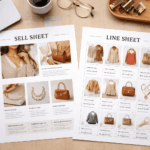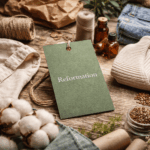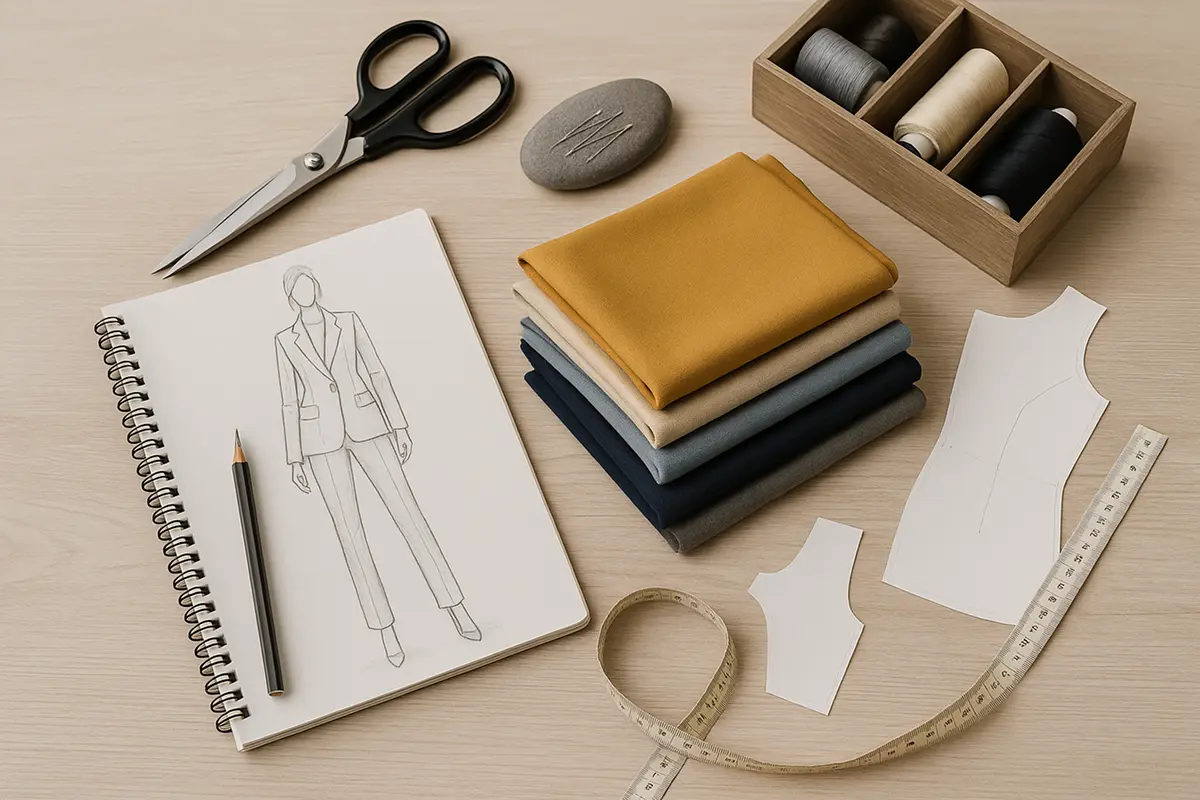
Sourcing clothing is a critical step for any business in the fashion industry. Whether you’re building your first clothing line or scaling up operations, the way you handle fabric sourcing, supplier selection, and the manufacturing process affects your success. This guide helps fashion brands of all sizes navigate the sourcing landscape—from wholesale buying to custom manufacturing—and shows how PLM software and other tools streamline the process.
What Is Clothing Sourcing?
Sourcing garments involves finding proper suppliers, factories, and raw materials to produce garments. That is, selecting good raw materials, evaluating factories, determining quality, and managing lead time. Sourcing garments is not simply about logistics, but all about building interpersonal relationships, tracking market trends, as well as maintaining customer satisfaction.
Types of Apparel Sourcing
Fashion brands can choose between wholesale buying and custom manufacturing:
|
Type |
Description |
Best For |
|---|---|---|
|
Wholesale |
Buying ready-made garments like t shirts or jackets in bulk from manufacturers |
Quick turnaround, low cost |
|
Custom |
Creating your own set of designs and partnering with factories to produce them |
Creative control, unique identity |
Your decision depends on production needs, available resources, and how much control you want over design and fabric sourcing.
How to Source Clothes: A Step-by-Step Guide
Here’s how brands and boutiques can source clothing effectively:
1. Define Your Production Needs
Know your product categories—t shirts, jackets, knits, denim—and your volume. List required fabrics like organic cotton, recycled polyester, silk, or wool. Clarify your quality standards early.
2. Choose a Sourcing Model
Ask yourself:
- Do I need ready-to-ship garments or custom pieces?
- Do I prioritize speed or uniqueness?
- Can I handle the manufacturing process myself or should I buy wholesale?
3. Find Suppliers and Manufacturers
Use:
- Online directories like Alibaba or Maker’s Row
- Trade shows such as MAGIC, Texworld, or Première Vision
- Recommendations from other brands or press releases
- Agents who specialize in fabric sourcing or clothing sourcing services
4. Compare and Shortlist
Evaluate suppliers based on:
- Price per unit and MOQ (minimum order quantity)
- Lead time and shipping options
- Quality of fabrics and accessories
- Sustainability practices and certifications
5. Request Samples
Never skip this. Inspect fabrics, stitching, trims, and overall garment construction. Check if they meet your quality standards.
6. Build Personal Relationships
Long-term success often comes from stable partnerships. Good communication builds trust and reduces mistakes. Visit factories if possible or schedule virtual tours to connect with teams directly.
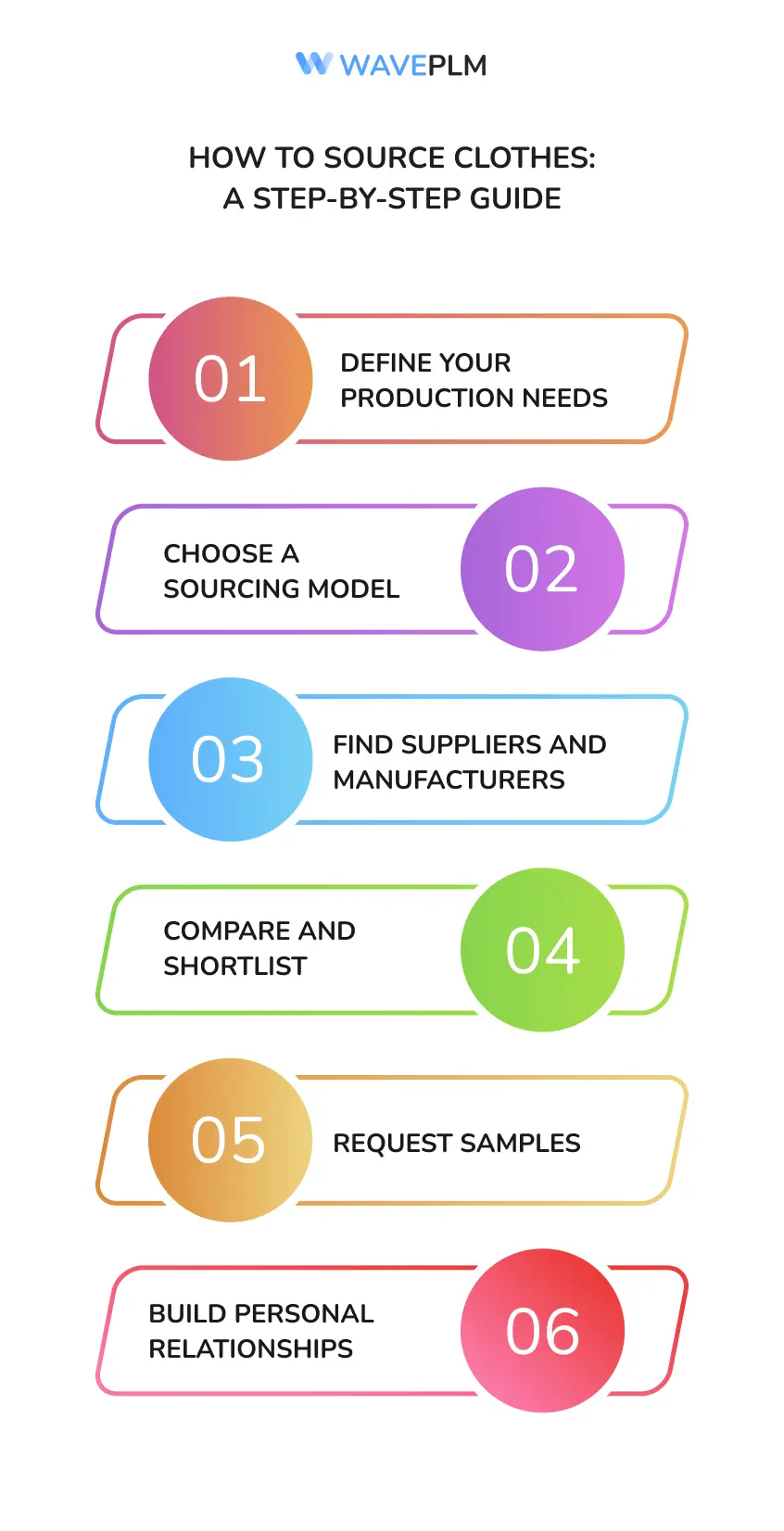
Key Sourcing Channels for Fashion Brands
|
Channel |
Description |
Pros |
Cons |
|
Directories |
Platforms listing thousands of suppliers |
Access to global manufacturers |
Difficult to verify new suppliers |
|
Trade Shows |
Industry expos connecting buyers and factories |
Discover new ideas and innovations |
Travel and setup costs |
|
Sourcing Agents |
Professionals who help connect you with the right suppliers |
Save time and access hidden gems |
Higher price for service |
|
Local Factories |
Manufacturers in your region |
Faster shipping, easier quality control |
May cost more than offshore options |
Buy Wholesale Clothing: Tips for Brands
Wholesale is ideal for those wanting to enter the fashion industry quickly. Keep in mind:
- Choose products that align with your brand vision
- Make sure you have rights to resell or rebrand
- Track inventory management from day one
Use PLM software to monitor stock, track pricing, and plan restocks.
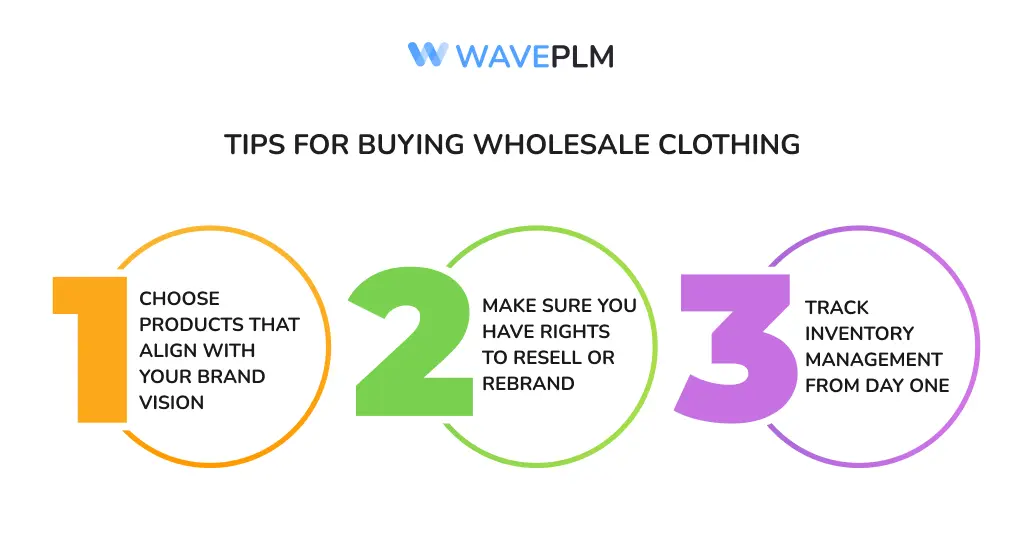
Custom Manufacturing: From Fabrics to Finished Products
When building your own clothing line, every detail matters:
- Use tech packs to communicate clearly
- Be precise about fabrics—organic cotton, recycled polyester, and knits are trending
- Ask factories to follow industry standards for labor, quality, and safety
This level of customization lets you build a signature line while meeting your customers’ needs and sustainability goals.
Clothing Sourcing Template for Brands
Use this template to compare potential suppliers:
|
Supplier Name |
Location |
MOQ |
Fabrics |
Sample Status |
Notes |
|
EcoThreads Co |
India |
200 pcs |
Organic cotton, recycled polyester |
Sent |
Compliant with sustainability standards |
|
KnitWell Inc. |
USA |
100 pcs |
Knits, bamboo |
Pending |
Higher price but great communication |
How to Become a Clothes Sourcer or Start Sourcing Clothes
If you’re sourcing for other brands or boutiques:
- Develop expertise in fabrics and the manufacturing process
- Learn about logistics, trade laws, and customs
- Build a network of reliable factories, especially in key regions like China, Turkey, or Bangladesh
- Understand the importance of price, quality, and lead time
Stay up to date with the fashion industry and attend trade shows to connect and find new suppliers.
The Role of PLM Software in Clothing Sourcing
PLM software offers all the tools needed to manage sourcing clothing from concept to shipment:
- Organizes vendor details and contacts
- Stores tech packs, spec sheets, and fabric info
- Tracks sampling progress and lead time
- Enables better communication across sourcing, design, and production teams
This results in faster workflows, fewer mistakes, and higher customer satisfaction.
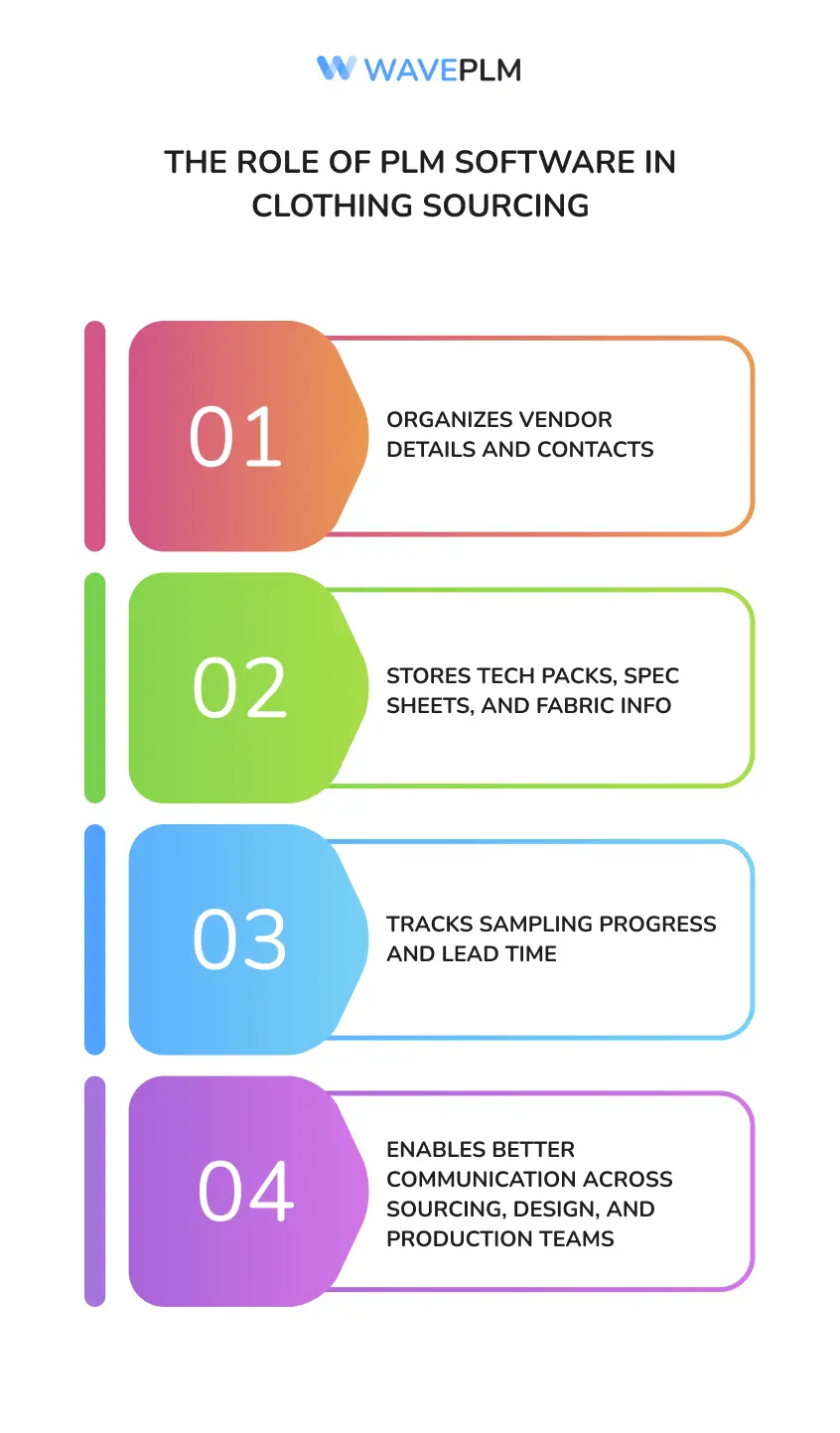
Common Questions About Sourcing Clothes
What does ‘sourced clothes’ mean? Garments that have been purchased or produced through a specific supply chain or vendor process.
How do boutiques source clothing? Most buy wholesale clothing from fashion marketplaces or use sourcing agents to find small batch manufacturers.
What is clothes sourcing? It’s the process of selecting fabrics, finding manufacturers, managing production, and ensuring quality.
Final Thoughts
Sourcing clothing is more than procurement. It involves vision, strategy, and attention to detail. Whether you’re buying in bulk, manufacturing custom pieces, or balancing both, focus on quality standards, supplier relationships, and supply chain management.
With the right strategy and technology, your clothing line will meet customer expectations and grow sustainably.

